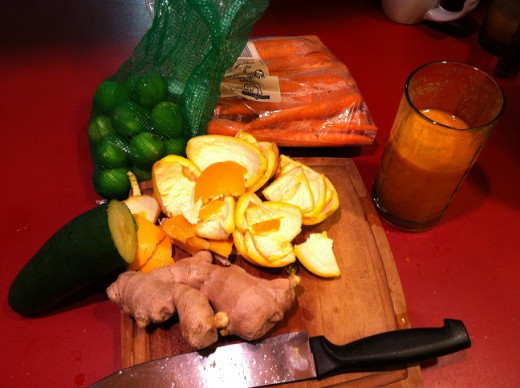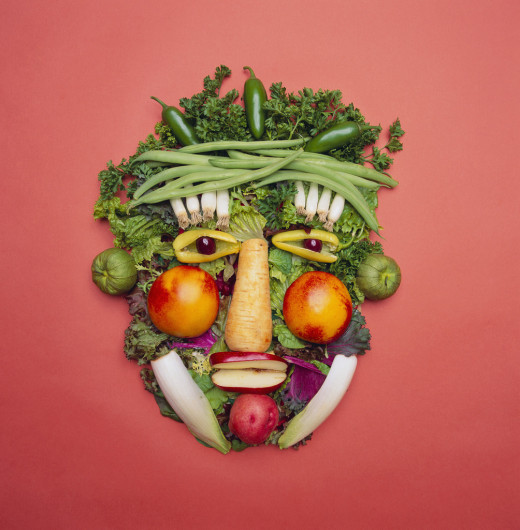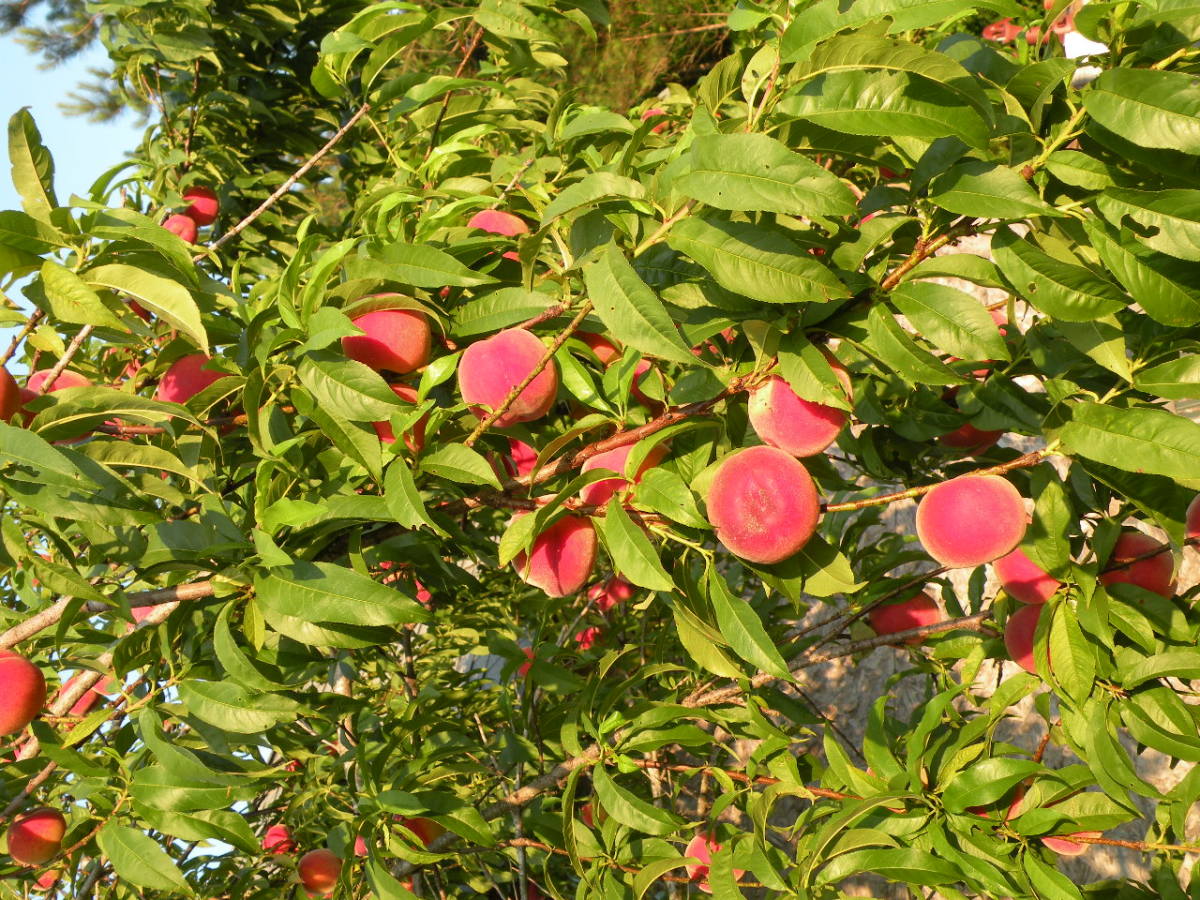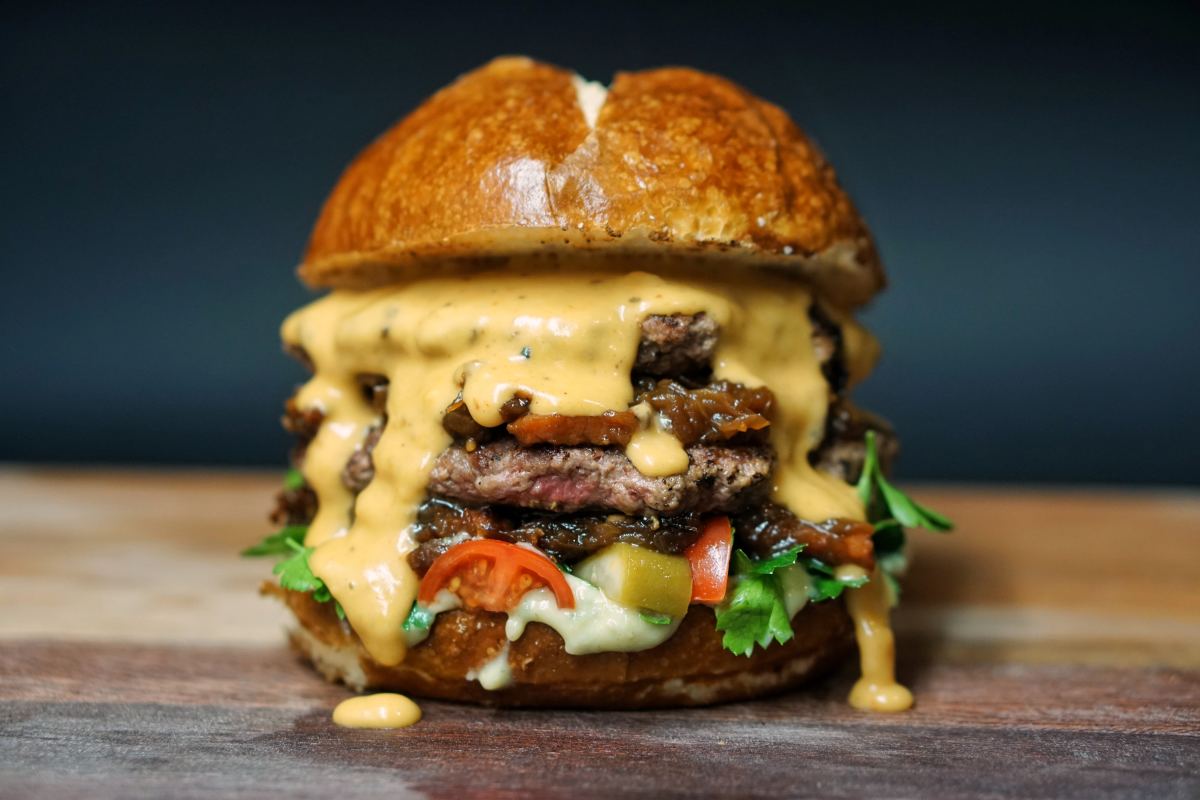The Morality of Food: An Introduction

The Morality of Food Series
This is the introductory installment of the "Morality of Food" Series. During this series I will dissect what we eat and where it comes from. This is not intended to turn the reader off their food and cut out their much beloved beef, wheat, tuna or corn, but instead to bring awareness to what it is that everyone puts into their bodies, and the impact of each mouthful, based on where the food has come from. I will not tell anyone they should not eat a certain food, however, I will merely highlight how the food is produced, where it is produced, and how it impacts the environment, and how the reader can continue to enjoy the foods they love but with a lower footprint upon the earth.
Hidden Messages in the Water - What the Bleep Do We Know
Do You Concern Yourself With the Source of Your Food?
The Stress Example
I enjoy food. I think it is a beautiful and colorful thing for the palate to experience. It is one of the grandest of the five senses. It helps us to identify the foods we put in our mouths not just to satisfy mood for which foods, but to help identify some properties of food. For example, spicy foods which can help circulation, sweet foods which can give us burst of energy, bitter foods which can stimulate digestion, and so on.
Often we never stop to consider how the food got on our plates. But there is certainly a process here. Year and years ago I once spoke to a friend of mine who told me the reason he had become a vegetarian. He told me that he didn't want to bring the stress that the animals feel at the time of slaughter into his body. At first I dismissed it, but as time went on, I began to consider this.
There have been many studies on the transfer of energy from one object to another. A famous one being that of the water crystals done by Dr. Masaru Emoto, where he shows the impact of thought on water. In his experiments, he focuses a thought, a word, an emotion, on a glass of water. He takes a drop from that water and freezes it, then looks at it through a microscope. The crystals formed are amazing. Those of positive thoughts and emotions are beautiful and inspiring. Those which had thoughts of anger, sadness, jealousy and so on turned out less than beautiful, and one may even flat out call them ugly.
Another study done by Cleve Baxter shows plants responding to thought and intention. He did this by attaching a polygraph to the leaves of a plant and placing it in various situations and testing the plant's response. At first, he merely thought of what he could do to induce a response from a plant, and as he went through the ways in his head, he thought of burning the plant. The polygraph needle responded to the plant's fear at his thought of burning it. Another experiment conducted by him was to have two of the exact same plants of the exact same level of health and maturity, treated all the same ways. Each plant received the same amount of food and water, same quality of soil and sunlight. However, one plant he focused loving thoughts toward, each day. The other plant, received no "thought" attention at all. The one which had love directed at it flourished, while the other continued in a normal growth with nothing extraordinary about it. He did the same experiment again except focusing negative intention towards one of the plants. The one without any "thought" attention grew as normal while the other one experienced a stunted growth, and was not as healthy.
Thought, when thought loud enough, is energy, and thus is the transfer of energy.
These examples are based off thought, or energy, projected unto something else. However, if energy can be projected, then it can be trapped. Thus our food, when it is in the slaughter house, smelling and sensing the death that is just beyond, will feel fear, and stress. This energy can be kept within the animal until it is transferred into the body where we release the nutrients of the animal as we digest it and thus its energy as well.
These experiments can be done by any one at home too, which just makes for scientific fun, and something kids might enjoy as well!
Cleve Baxter - Plants Can Sense Human Intentions - Secret LIfe Of Plants

The Goal
This is just a vague description of what will be brought to you during this series. There is so much more to the journey from field to plate than just the slaughter houses or harvesting.
With every side of thing, there is a duality of its nature. Along with the bad, I will be exploring the good of some common foods, such as the ever increasing in popularity, coconut, or perhaps the chia seed. Along side it we will look at other nutritious foods such as quinoa, which happens to have a darker story than one would think could be shielded by such numeral benefits.
The ritual of food is such a beautiful thing, and is a time of rest from the day, a time of socializing, a time for family, and a time for putting burdens aside while indulging in one of the most pleasurable senses while acquire fuel to get through the next section of the day.




